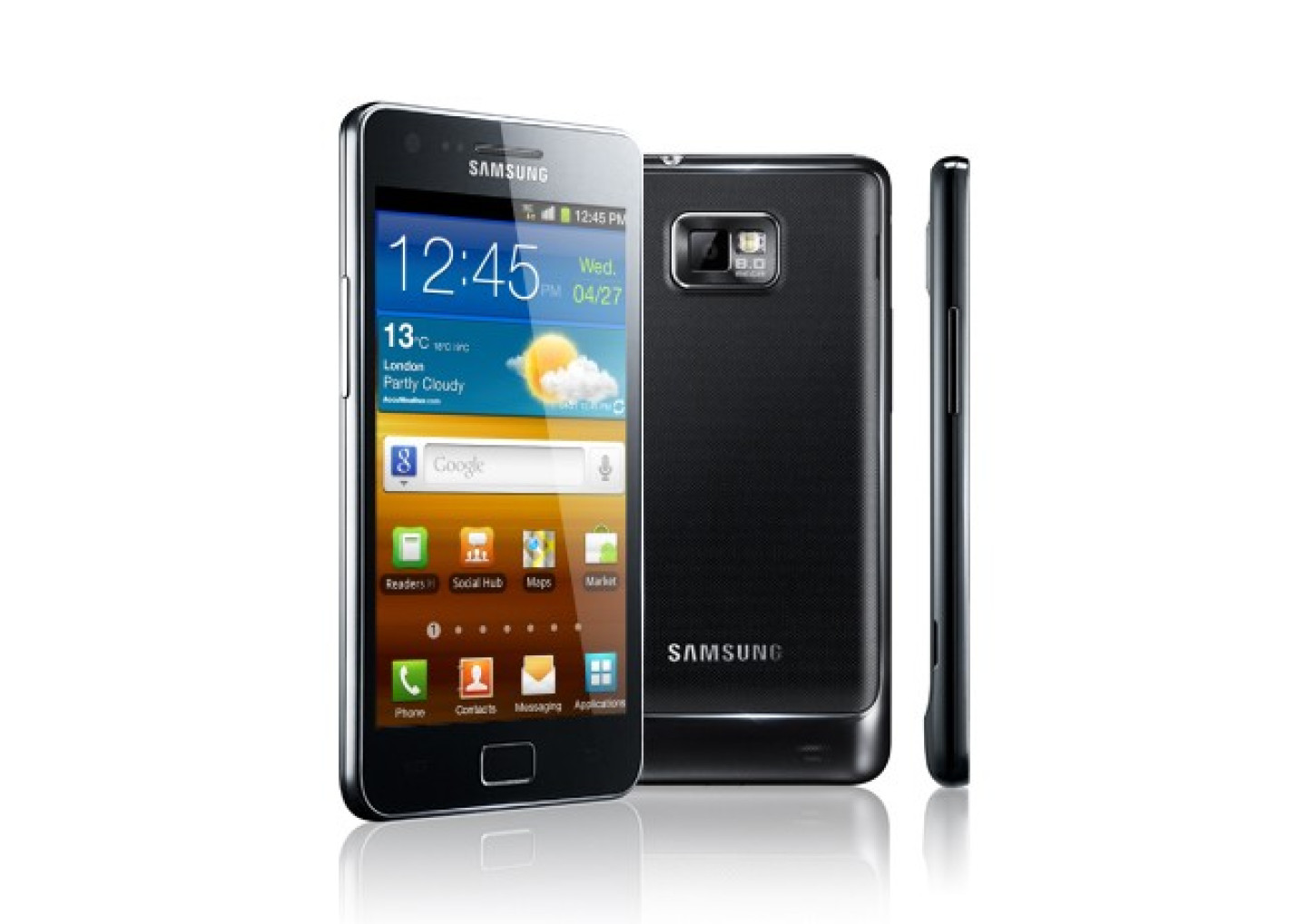iOS 5, Ice Cream Sandwich and Windows Phone 7.5 Mango: Which is the Best OS?

It is a tough ask to compare two very different but established mobile operating systems - Apple's iOS 5 and Android 4.0 (Ice Cream Sandwich) - with the new Windows Phone 7.5 Mango.
iOS, the first mobile operating system, was launched on Oct. 12, 2000. It was then known as the iPhone OS, named as it was after Apple's flagship smartphone series. A year later, the Android OS made its debut, with the launch of HTC Dream (T-Mobile G1). Windows was a later entrant to the sphere.
In any case, it appears the stage is now set for a battle among these three. Google's Android has been given more firepower with the acquisition of Motorola handsets. Microsoft finds solace in a promising collaboration with Nokia and Apple.
Each of these platforms has its own strength and weaknesses, which are discussed below:
iOS 5 vs WP7 Mango vs Android 4.0
- When it comes to apps, the iOS rules the market with a massive archive of more than 500,000 apps, including custom-built games, software and media and music. It is closely followed by Google's Android Market, with more than 250,000 apps, while Windows Mango has the weakest app support with just about 30,000 apps.
- The iOS 5 comes preloaded with an inbuilt music player (iTunes), a custom browser (Safari) and a stock productivity suite (iWork). While, the Android 4.0 lacks a pre-loaded music player, it does include a custom browser, Google Chrome, and a stock productivity suite - Google Docs. Windows Mango, on the other hand, offers Zune - a music player, a custom browser - IE9 and a stock productivity suite - Office Mobile.
- Apple's iOS 5 added Twitter integration to its software but does not support Flash. On the other hand, both Ice Cream Sandwich and Windows Mango support Flash alongside Twitter.
- Android misses out on Wi-Fi Sync support, something that both the iOS 5 and Windows Mango have native support for.
- Fortunately for hard-core gamers, all three platforms support hardware acceleration.
- The iOS 5 has carrier support limited only to AT&T, Verizon and Sprint. Meanwhile, both Windows Mango and the Android upgrade extend support to all major U.S. carriers.
- The iOS 5 incorporates "Pseudo-multitasking" wherein only one application window is active at a time; the others run in the background. On the other hand, both Windows Mango and Ice Cream Sandwich enjoy the privilege of real-time multitasking capability.
- Finally, iOS 5 and Windows Mango include robust integrated security features and hence no third-party security is necessary. But their Android counterpart is vulnerable to security exploits and malware attack, and third-party security is a must.
- Apple's software is limited to icon-centric home screens, whereas both Windows Mango and Ice Cream Sandwich extend support to widgets besides icons.
- Both the iOS 5 and the Android 4.0 include platform support for tablets, while Windows Mango misses out on this key feature.
- The iOS 5 supports limited customization options after jailbreaking the device. Windows Mango offers barely any such support. On the other hand, the Android counterpart supports a much richer range of possibilities.
- Over-the-air updates and screenshot functions are limited to the iOS 5 and Android 4.0, while Windows Mango loses out.
- In addition, both the iOS 5 and Google's Android support their native e-book stores, namely iBooks and GoogleBooks; Windows Mango misses out on this.
- iOS 5 supports a wireless Cloud Backup with up to 5GB free storage. The other two platforms just don't qualify.
Apple's iOS 5 has been designed and revamped to offer maximum feature support for users while keeping customization to a minimum, although this is expected to come at the expense of reliability and performance.
Google's Android upgrade aims at delivering superior performance, complete customization capabilities and regular updates to users' feature requirements.
The decision of choosing one over the other - revolving as it does around questions of balance between features, usability and performance - is that of the final user.
© Copyright IBTimes 2025. All rights reserved.






















